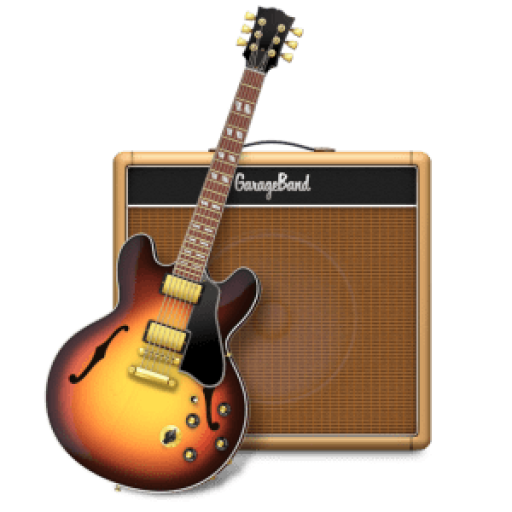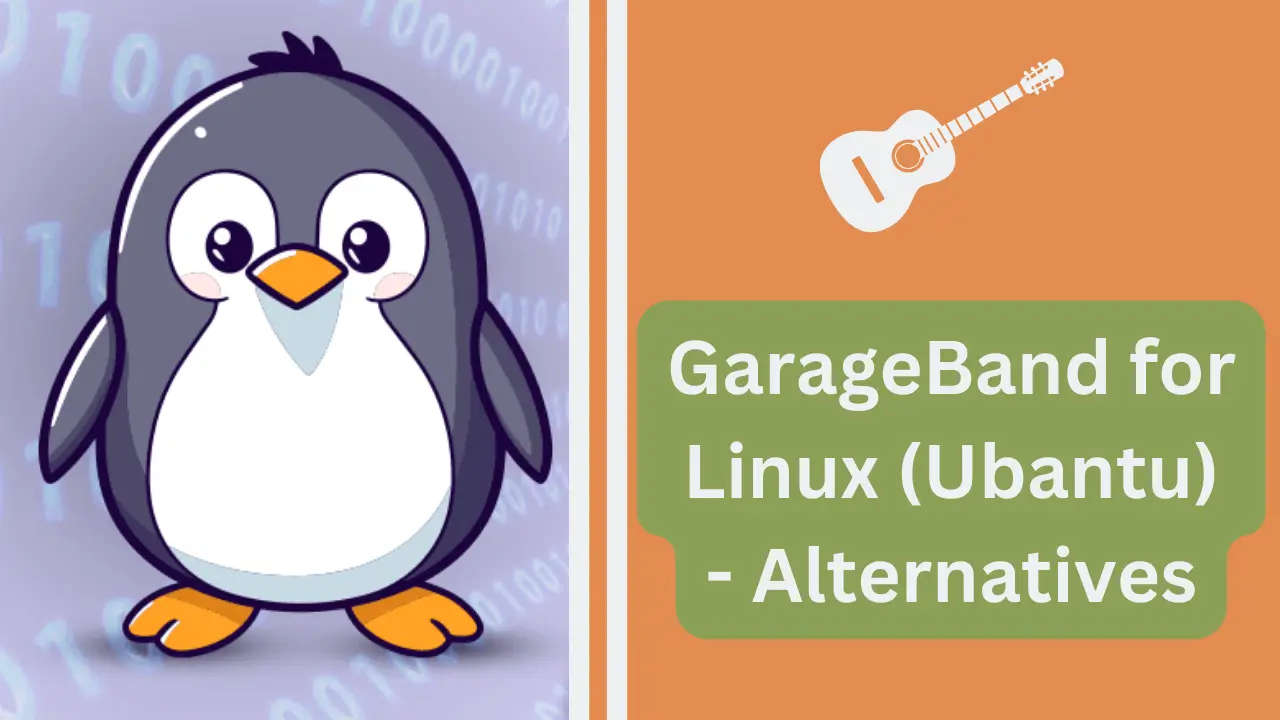For music enthusiasts and creators, GarageBand has become synonymous with easy-to-use, powerful music production. Its intuitive interface, extensive library of sounds and instruments, and seamless workflow make it a go-to for aspiring and professional musicians alike. But there’s just one catch – GarageBand is exclusively available on macOS and iOS platforms, leaving Linux users in the dark. Or does it?
In this comprehensive guide, we’ll explore how you can enjoy GarageBand’s rich music creation experience on your Linux system, highlighting alternative software and providing a step-by-step method for running GarageBand through emulators like Wine. By the end of this post, you’ll have all the tools you need to start producing tracks on Linux without missing a beat.
The Gap in the Market: GarageBand for Linux
One of the key challenges faced by Linux users is the absence of an official GarageBand version tailored to their OS. This limitation can stifle the creative process and force Linux loyalists to look for workarounds or settle for less than they deserve in music production capabilities.
Striking a Chord with Alternatives
While the direct availability of GarageBand for Linux remains a dream, the open-source community and software developers have not left us without options. Before we dive into the workaround to get GarageBand running on Linux, let’s briefly touch upon some worthy alternatives:
1. LMMS (Linux MultiMedia Studio): A free, open-source DAW (Digital Audio Workstation) that offers a compelling array of features similar to those found in GarageBand.
2. Ardour: Another powerful open-source DAW for Linux users, offering sophisticated recording, editing, and mixing capabilities.
3. Tracktion T7: A fully-featured DAW that includes an unlimited free version, providing an intuitive workflow akin to what you’d expect from GarageBand.
While these alternatives provide robust tools for music production, some users crave the familiarity and unique features of GarageBand. Fortunately, there’s a workaround.
Read: Fixing Synchronize Error Between Audio and MIDI Tracks in GarageBand
Jamming with GarageBand on Linux via Wine
Wine, a compatibility layer capable of running Windows applications on Linux and other POSIX-compliant operating systems, offers a glimmer of hope. Here’s how to get started:
1. Install WineHQ: First, ensure WineHQ is installed on your Linux system. Most Linux distributions can install Wine through their package managers.
2. Download GarageBand for Windows: Though unofficial, there are Windows-compatible versions of GarageBand available. Ensure the source is reliable to avoid downloading malicious software.
3. Configure Wine: Once WineHQ is installed, you may need to configure it to ensure compatibility with GarageBand. Usually, this involves setting the Windows version to Windows 7 or later in the Wine configuration settings.
4. Install GarageBand: Using WineHQ, run the installer for GarageBand just as you would on a Windows system. Follow the on-screen instructions to complete the installation.
5. Launch GarageBand: After installation, you should be able to find GarageBand in your Linux application menu under Wine’s virtual C drive. Launch it and start creating music.
Tuning Your System for Optimal Performance
Running GarageBand on Linux via Wine can be resource-intensive. Optimize your Linux system for audio production by adjusting your kernel settings and prioritizing audio processing tasks to ensure low latency and smooth performance.
Community Chords: User Reviews
Many Linux users have shared their successes and challenges using GarageBand through Wine, highlighting its viability as a solution but also noting some limitations in performance and feature availability. Checking out community forums and user reviews can provide additional insights and troubleshooting tips.
A Flourishing Future for Linux Music Production
The music production landscape for Linux users is undoubtedly evolving, with new software and tools emerging regularly. While running GarageBand on Linux may require a bit of technical prowess and compromise, the alternatives and potential for future developments are promising.
Your Turn to Tune In
We’re eager to hear your experiences, feedback, or any suggestions for running GarageBand on Linux. Have you discovered any tips or tricks that could help fellow Linux-based music creators? Share your insights in the comments below and join the conversation in shaping the future of music production on Linux.
Exploring the capabilities of GarageBand for Linux, downloading alternatives, or emulating the software allows you to tap into your creative potential without switching operating systems. Whether you’re laying down tracks, crafting beats, or mixing your next masterpiece, Linux can be a powerful platform for your musical expression.

